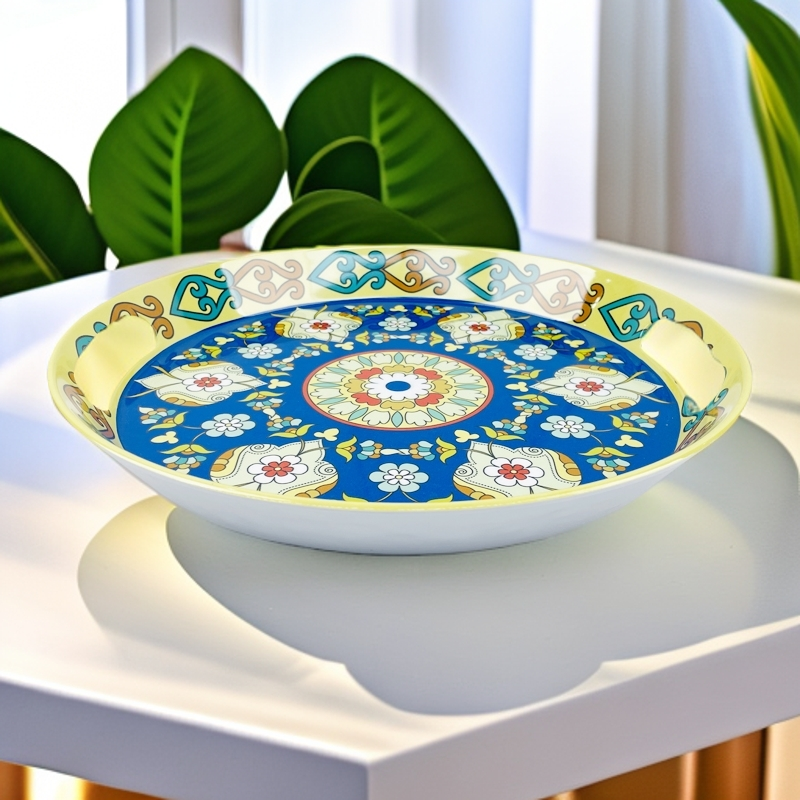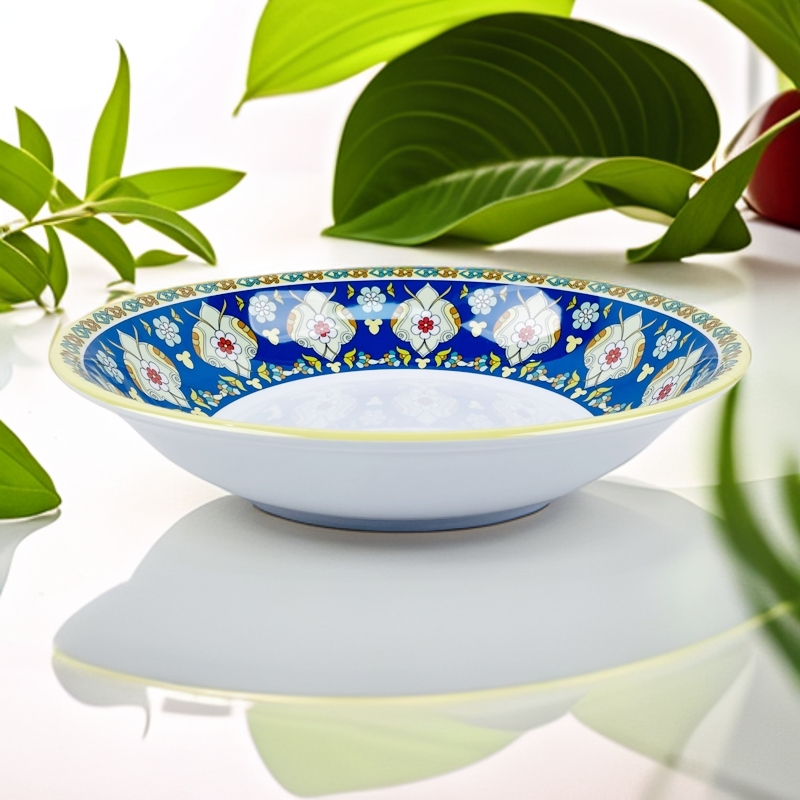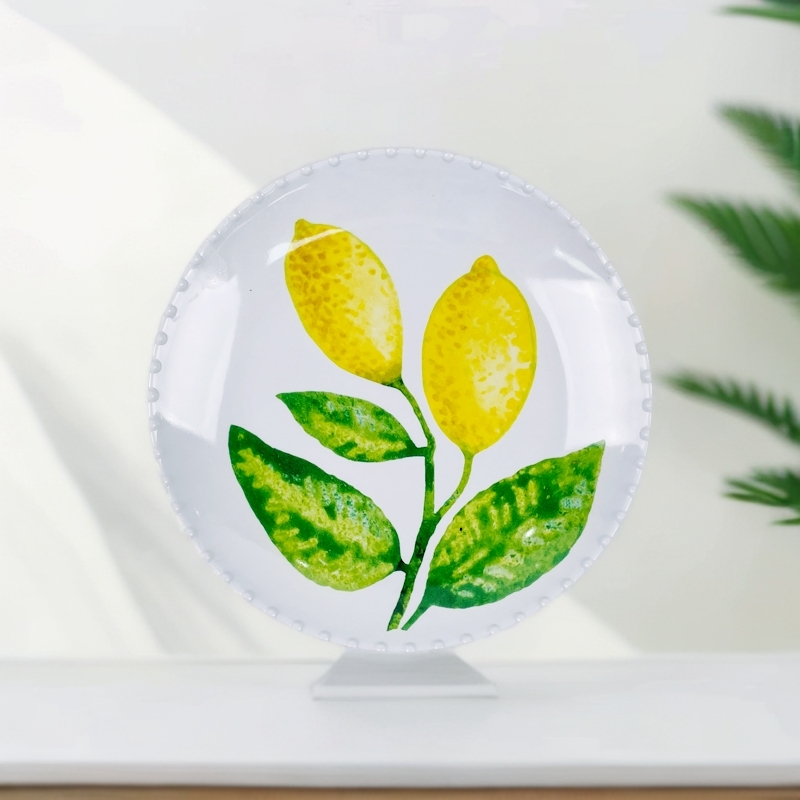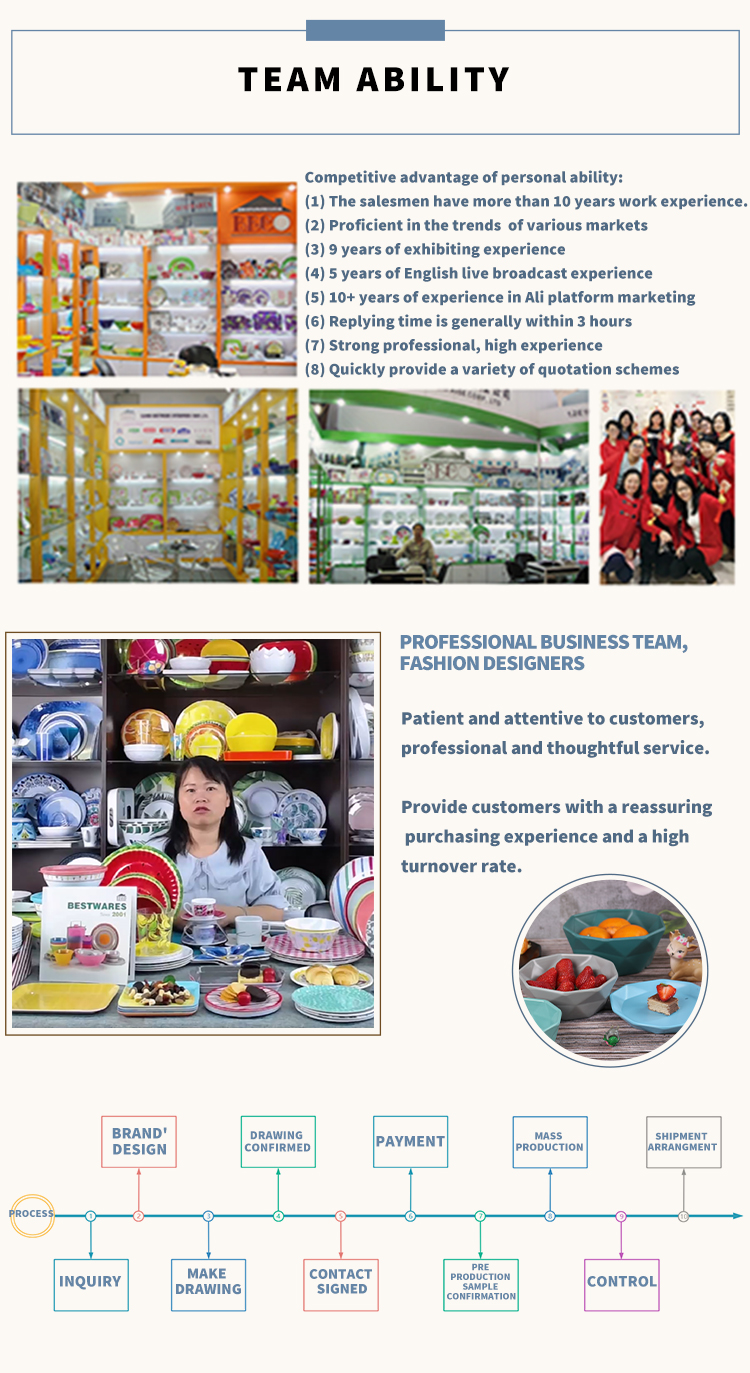Food Safety of Melamine Tableware: Food-Grade Materials Ensure Healthy Dining
Food safety is a top priority for both consumers and foodservice providers, with increasing demand for safe, reliable materials used in dining settings. Melamine tableware, widely popular for its durability and design versatility, is crafted using food-grade materials that meet stringent health standards. This article explores the food safety features of melamine and why it has become a trusted choice for many restaurants, cafes, and families.
1. Food-Grade Materials for Peace of Mind
Melamine tableware is manufactured from food-grade melamine resin, a material specifically designed to be safe for food contact. Food-grade melamine is rigorously tested and certified to meet global food safety standards, ensuring that no harmful chemicals leach into food or beverages. This makes it a safe option for hot and cold foods, providing peace of mind to both operators and diners.
2. Compliance with International Safety Standards
High-quality melamine products comply with international safety standards set by organizations such as the U.S. Food and Drug Administration (FDA) and the European Food Safety Authority (EFSA). These organizations establish strict guidelines for materials that come in contact with food, focusing on the health and well-being of consumers. Melamine tableware that adheres to these standards is suitable for daily use, reducing the risk of contamination and ensuring a healthy dining experience.
3. Temperature Resistance and Safe Handling
Melamine’s resistance to temperature changes also contributes to its safety. It is designed to handle warm and cold dishes but should not be used in microwaves or ovens, as extremely high heat may cause it to degrade. However, when used within recommended temperature ranges, melamine remains safe and stable, making it ideal for restaurants and catering events where food safety is paramount.
4. Durability Reduces Contamination Risks
One of melamine’s key advantages is its durability, which reduces the risk of cracks and chips where bacteria could potentially accumulate. Unlike ceramic or glass, melamine is resistant to shattering, minimizing the chance of contamination from broken fragments. Its robust nature means it can withstand repeated washing and handling, helping to maintain a high standard of cleanliness and food safety.
5. Safe for Both Commercial and Family Use
Melamine tableware’s combination of safety, durability, and style has made it a preferred choice not only for commercial foodservice but also for households. Families can confidently use melamine products for daily meals, knowing that they are food-safe and resistant to breakage. This makes it an excellent choice for children's dining as well as for outdoor and casual dining settings.
Conclusion
As concerns around food safety continue to grow, melamine tableware offers a reliable solution for both commercial and residential use. Made from food-grade materials and compliant with international health standards, melamine is designed to provide a safe, durable, and stylish dining experience. By choosing melamine tableware, foodservice operators and consumers alike can prioritize health and safety without sacrificing quality or aesthetic appeal.



About Us


Post time: Nov-15-2024